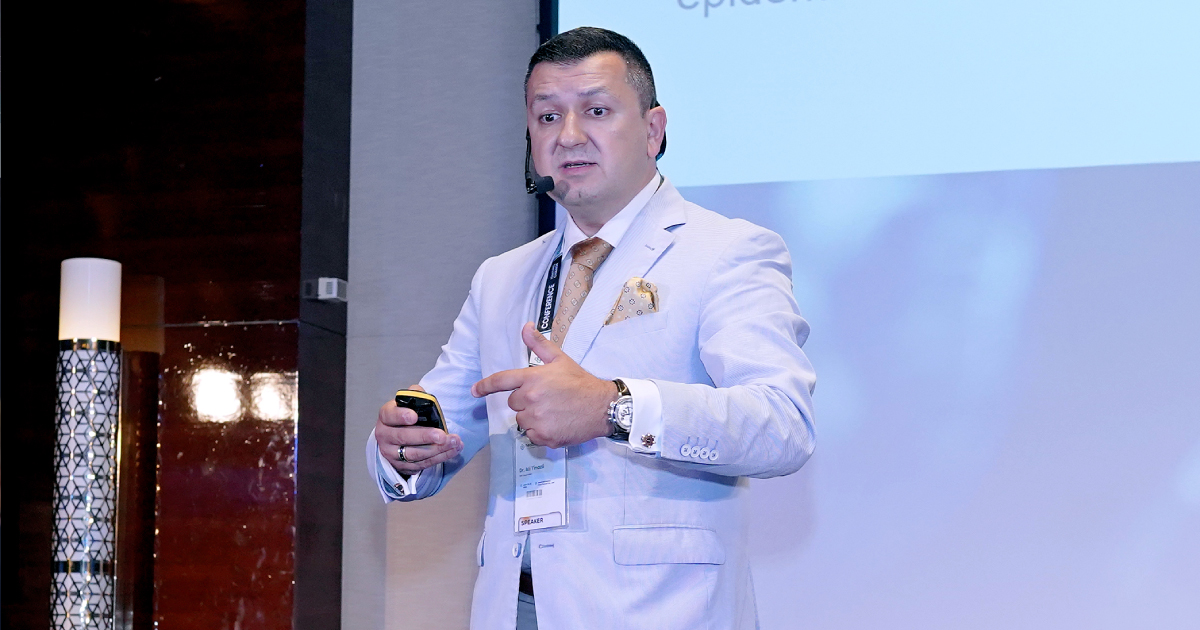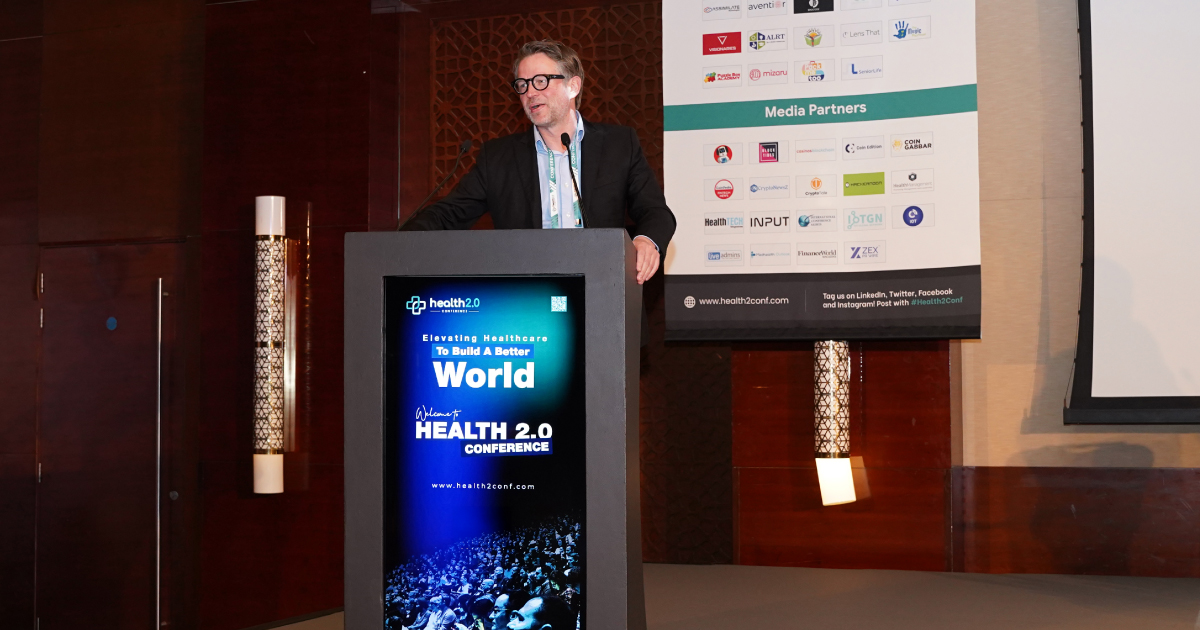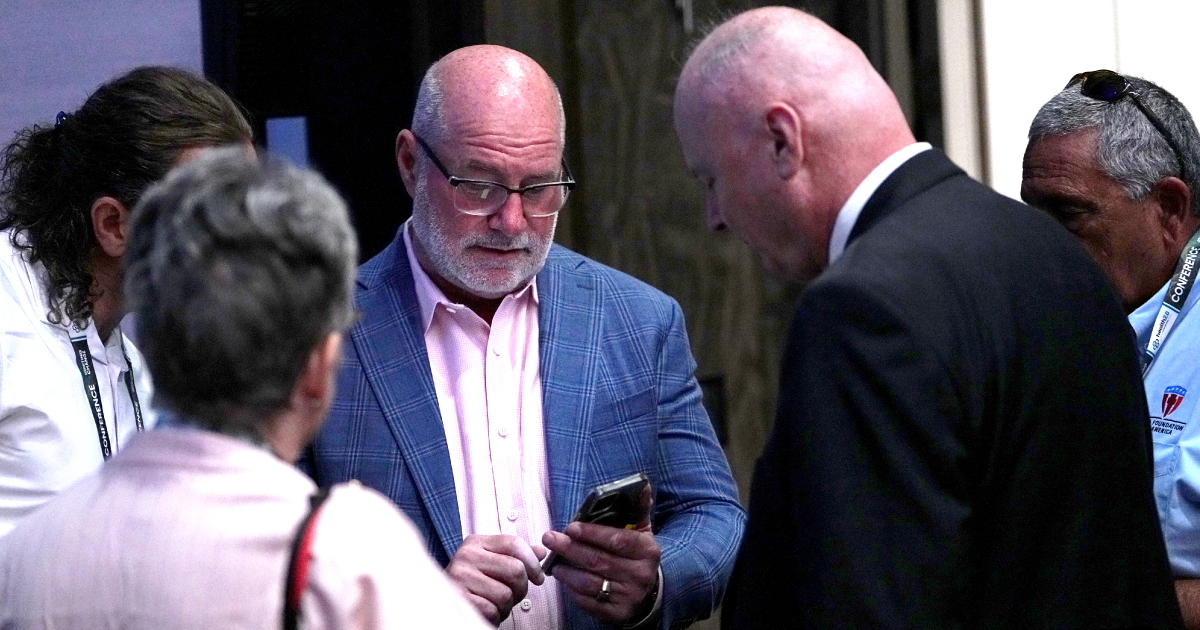Are you considering beginning therapy but unsure if teletherapy is right for you? You're not alone. Many wonders if remote treatment can provide the same benefits as traditional in-person therapy.
In the United States in 2020, one in every five adults and one in every three young adults will struggle with mental health. With 90% of the US population staying home during the pandemic, many people seeking mental health support turned to teletherapy.
Even today, the majority of psychiatrists continue to see between 75 and 100% of their patients via remote therapy, while 39% have returned to seeing at least some patients in person.
Many healthcare events in the USA, such as the Health 2.0 Conference, discuss how teletherapy differs from traditional therapy.
Teletherapy: What Is It?
Teletherapy is an innovative technology that delivers mental health care through video conferencing or phone calls. Licensed, experienced psychologists specializing in online therapy provide these services.
Teletherapy's goal is to provide services to people unable or unwilling to leave their homes. Teletherapy also enables therapists to assist patients with mental health issues worldwide without disrupting service.
How Does It Work?
Online therapy sessions are held via virtual meeting platforms or over the phone. The patient schedules their teletherapy session and communicates with their therapist just as they would in person.
Both parties can share files and communicate through text in a therapy session. Depending on the type of therapy, a therapist may assist with coping skills, resiliency, or conflict resolution. In some instances, you can learn about yourself without fear of judgment or ridicule from others which promotes self-reflection and self-discovery.
Teletherapy sessions allow patients to share the progress they've made so far, what they are struggling with currently, and what their goals are for therapy.
In-Person Therapy: What Is It?
In-person therapy, also known as traditional therapy, is a type of mental health care delivered face-to-face by licensed mental health professionals. The provider and patient meet individually to receive mental health counseling and therapy.
How Does It Work?
During in-person therapy sessions, the therapist interacts with each patient to discuss how they feel mentally and physically. The therapist assigns tasks for them to do while they are waiting until they meet again to increase motivation. These tasks are designed to help the patient address their issues, relieve stress and other symptoms that may negatively impact their mental health, and learn how to navigate the challenges of daily life with healthy coping mechanisms.
Teletherapy Vs. In-Person Therapy: Which Is Better?
This question does not have a one-size-fits-all answer. Some people may benefit more from in-person therapy, while others may benefit more from telehealth.
Some people may prefer in-person therapy because they are concerned about their privacy. On the other hand, most teletherapy providers comply with privacy laws and the Health Insurance Portability and Accountability Act (HIPAA) regulations, which means that all interactions between the therapist and patient are private, secure, secure, and confidential.
Furthermore, some people prefer teletherapy because it is more flexible and convenient.
Finally, speaking with a therapist is the best way to determine whether in-person or telehealth therapy is right for you. They can advise you on the best type of therapy for your specific needs.
Experts at post-COVID healthcare events will further discuss the benefits of different types of therapy sessions and which ones are better for patients.














